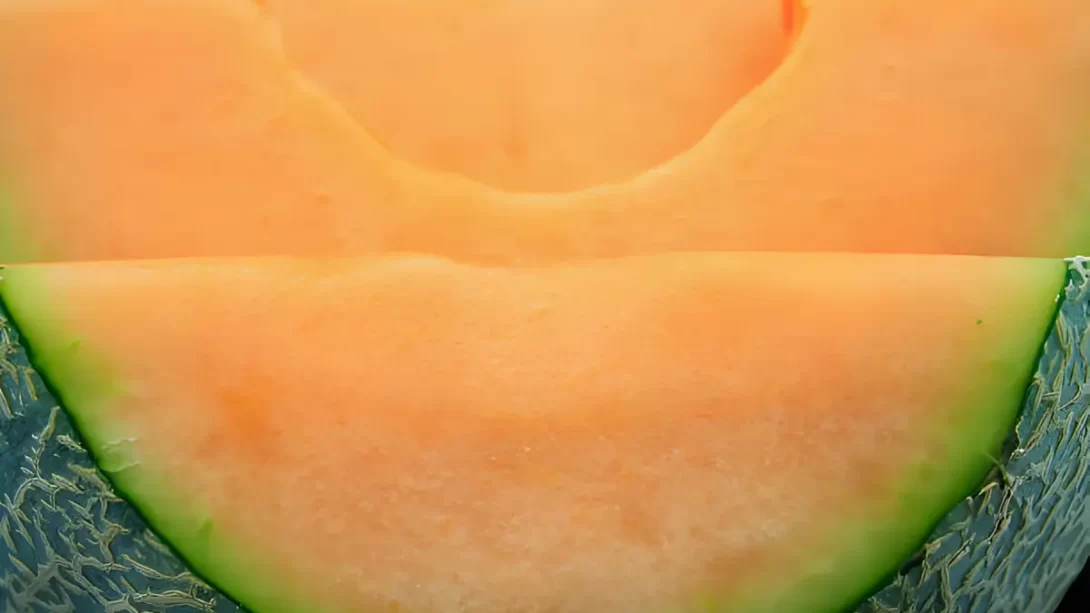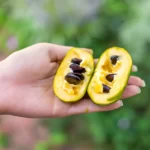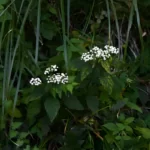The Sugar Kiss melon is a lesser-known yet increasingly popular variety in the melon family. Renowned for its exceptional sweetness and succulent texture, the Sugar Kiss melon is a true treat for fruit lovers. This article delves into the origins, characteristics, and allure of this delightful melon, shedding light on why it has captured the hearts of melon enthusiasts worldwide.
Characteristics of the Sugar Kiss Melon
At first glance, the Sugar Kiss melon resembles a cantaloupe, but its unique qualities set it apart. Typically, it is slightly smaller in size, with a distinctly smooth, beige to golden rind. The flesh inside is a vibrant orange, reminiscent of a sunset. Its texture is notably tender and juicy, melting effortlessly in the mouth.
The flavor profile of the Sugar Kiss melon is where it truly shines. As the name suggests, it offers an intensely sweet taste, often described as honey-like and more pronounced than that of traditional cantaloupes or honeydew melons. This heightened sweetness is attributed to its high sugar content, making it a favorite among those with a sweet tooth.
Cultivation and Harvesting
Sugar Kiss melons thrive in warm, temperate climates. They require a long growing season with plenty of sunshine and well-drained soil. The melons are typically cultivated in regions that provide these conditions, with some of the best-known Sugar Kiss melons coming from select farms in the United States.
The harvesting of Sugar Kiss melons is a careful process, as timing is crucial to ensure the melons reach peak ripeness. Unlike some fruits, they do not continue to ripen significantly after being harvested. Farmers look for specific signs of ripeness, such as a slight softness at the blossom end and a fragrant, sweet aroma. When ripe, these melons detach easily from the vine, signaling they are ready to be enjoyed.
Nutritional Value and Health Benefits
Sugar Kiss melons are not just delicious; they’re also packed with nutritional benefits. Rich in vitamins and minerals, these melons are an excellent source of hydration due to their high water content. They are particularly high in Vitamin C and Vitamin A, both essential for maintaining good health. These vitamins aid in boosting the immune system, improving skin health, and providing antioxidant properties.
Additionally, Sugar Kiss melons are low in calories, making them a guilt-free choice for those monitoring their calorie intake. Their natural sweetness can satisfy sugar cravings, offering a healthier alternative to processed sweets. The fiber content in these melons aids in digestion and can contribute to a feeling of fullness, aiding in weight management.
Culinary Uses of Sugar Kiss Melon
The versatility of Sugar Kiss melon in culinary applications is vast. It can be enjoyed on its own as a refreshing snack or dessert, showcasing its natural sweetness. However, its uses extend far beyond simple enjoyment. Sugar Kiss melon pairs exceptionally well with a variety of flavors and can be incorporated into salads for a sweet and juicy component, blended into smoothies for a tropical twist, or used in desserts for a natural and robust sweetness.
Pairing Sugar Kiss melon with savory items can also create delightful contrasts. Try serving it with cured meats like prosciutto for a classic appetizer, or add it to a cheese board for a unique flavor combination. The melon’s sweetness can also balance spicy dishes, offering a refreshing counterpoint.
Buying and Storing Tips
Selecting the best Sugar Kiss melon at the market or store involves a few key considerations. Look for melons that feel heavy for their size, indicating good hydration. The rind should be firm, with no visible bruises or overly soft spots. A ripe Sugar Kiss melon will often have a subtly sweet fragrance at the blossom end.
Once you bring your Sugar Kiss melon home, proper storage is essential to maintain its freshness. If uncut, these melons can be kept at room temperature until ready to eat. After cutting, the melon should be wrapped in plastic or stored in an airtight container and refrigerated. This will preserve its taste and texture for several days.
Growing Your Own Sugar Kiss Melons
For gardening enthusiasts interested in cultivating their own Sugar Kiss melons, a few key guidelines can help ensure successful growth. These melons prefer well-drained, fertile soil and require a sunny location to thrive. Planting should be done after the last frost, as they are sensitive to cold temperatures.
Watering is crucial for melon growth, especially during the fruit-setting stage. However, it’s important to avoid over-watering, as this can lead to waterlogged soil and potential diseases. Regular feeding with a balanced fertilizer can promote healthy growth and fruit development.
One common challenge in growing Sugar Kiss melons is managing pests and diseases. Regular monitoring and implementing organic or suitable pest control methods can help maintain a healthy crop. Additionally, providing adequate space between plants can ensure proper air circulation, reducing the risk of fungal diseases.
Conclusion
The Sugar Kiss melon stands out as a uniquely sweet and refreshing fruit, beloved by many for its delightful taste and versatility. Its nutritional benefits, coupled with its culinary flexibility, make it a fantastic addition to any diet. Whether you’re enjoying it fresh, incorporating it into recipes, or even attempting to grow it in your garden, the Sugar Kiss melon offers a splendid experience.
For those looking to explore the world of exotic fruits, the Sugar Kiss melon is a perfect starting point. Its ability to elevate dishes and satisfy sweet cravings, all while providing health benefits, exemplifies the wonders of culinary diversity. We encourage you to try this exquisite melon variety and experience its exceptional flavor for yourself.



